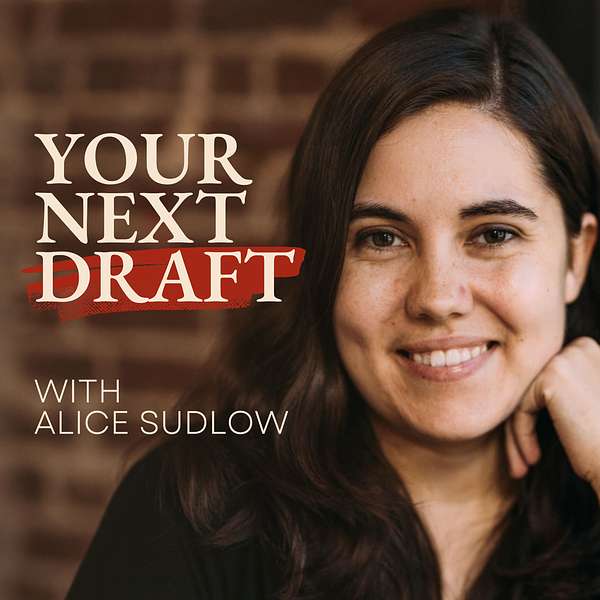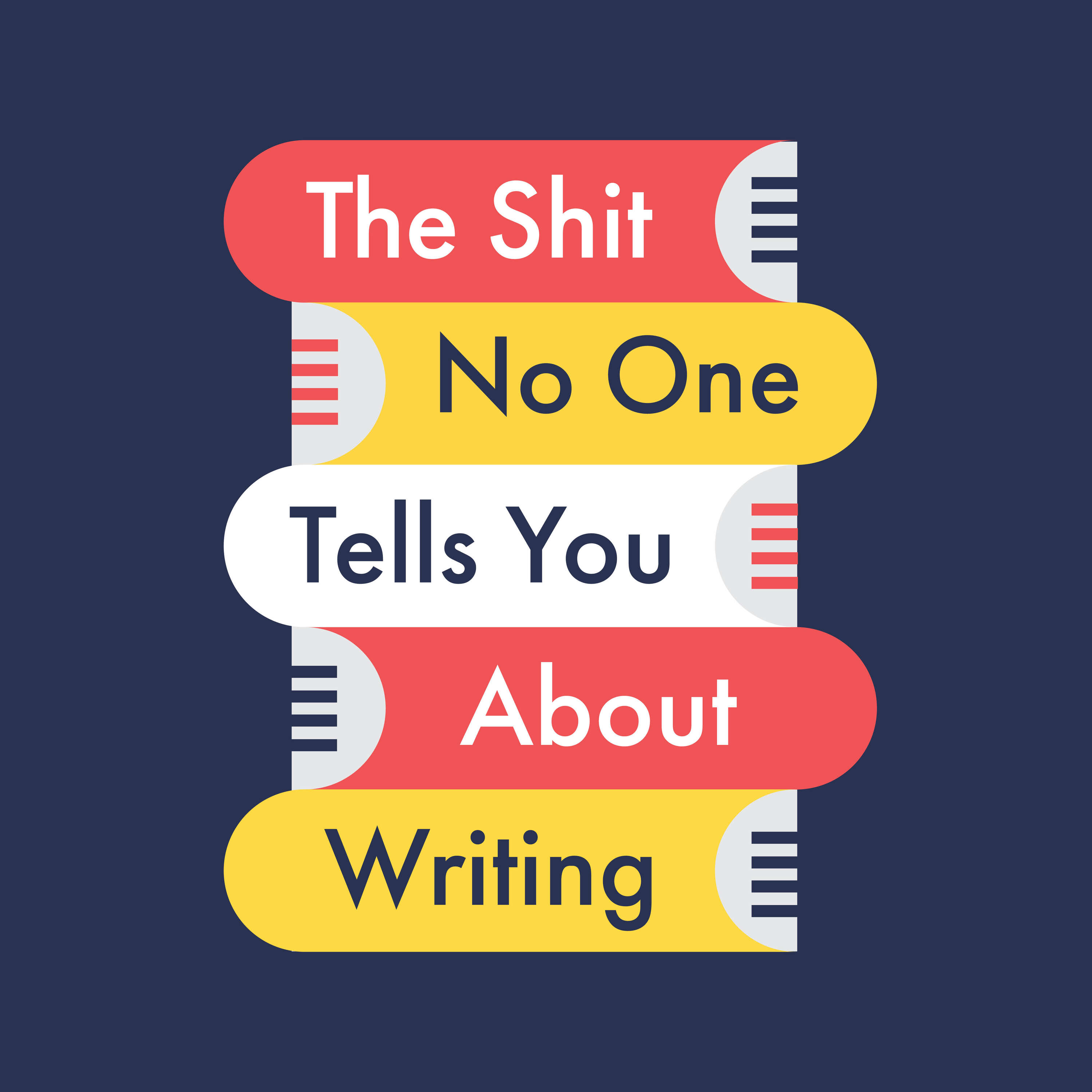
Your Next Draft
Supporting fiction writers doing the hard work of revising unputdownable novels. The novel editing process is the creative crucible where you discover the story you truly want to tell—and it can present some of the most challenging moments on your writing journey.
Developmental editor and book coach Alice Sudlow will be your companion through the mess and magic of revision. You’ll get inspired by interviews with authors, editors, and coaches sharing their revision processes; gain practical tips from Alice’s editing practice; and hear what real revision truly requires as Alice workshops scenes-in-progress with writers.
It’s all a quest to discover: How do you figure out what your story is truly about? How do you determine what form that story should take? And once you do, how do you shape the hundreds of thousands of words you've written into the story’s most refined and powerful form?
If you’ve written a draft—or three—but are still searching for your story’s untapped potential, this is the podcast for you. Together, let’s dig into the difficult and delightful work of editing your next draft.
Your Next Draft
What Is a Scene? The Ultimate Guide to Write and Edit Amazing Scenes
Great books are made of great scenes. Which means the skill of writing and editing amazing scenes is one of the most important skills you can learn if you want to create a novel readers will love.
The thing is, though, readers don't think in terms of scenes. Chapters are clearly marked for readers, but scenes often aren't. Which means that when people make the jump from "reader" to "writer," they often don't know what scenes actually are.
What is a scene? What elements must it include? What makes the difference between a scene readers want to skip and a scene that earns its place in your book? And how can you fix a boring scene?
In this episode, I'll cover all that and more. You'll learn:
- The definition of a scene.
- Three simple ways to identify where your scenes begin and end.
- Why something MUST change in every single scene, plus how you can tell whether your scenes include a change.
- The six moments every scene MUST include in order to keep your readers engaged.
- How long (or short!) scenes can be, and how to find the right scene length for your novel.
- Why scenes are different from chapters, and how many scenes your book should include.
- What to do if you're not sure where the scenes in your current draft start and end.
And I'll break all these elements down using an example scene: the first scene of UNDER THE WHISPERING DOOR by T. J. Klune. Read the first scene for free here. (And if you love it, read the whole book—it's a good one!)
Ready to apply all these concepts to your book and make your scenes un-put-down-able? Download the Scene Analysis Worksheet at alicesudlow.com/sceneworksheet.
And if you'd like expert feedback on your scenes, plus personalized strategies for how to make them even better, I'd love to help. Send me a note at alice@alicesudlow.com and tell me about your book!
Links mentioned in the episode:
- The opening scene of UNDER THE
FREE: Join Me at Escape the Plot Forest
If you're enjoying the episodes on the 6 Elements of Story, you won't want to miss the Escape the Plot Forest summit from October 18 to 22.
4 days + 40 story experts + $0
And on Saturday, October 18, I'll be digging deeper into the 6 Elements of Story, including some tips that haven't made it to the podcast yet.
Grab your free ticket at alicesudlow.com/plot.
Rate, Review, & Follow on Apple Podcasts
"I love Alice and Your Next Draft." If that sounds like you, please consider rating and reviewing my show! This helps me support more writers through the mess—and joy—of the editing process. Click here, scroll to the bottom, tap the stars to rate, and select “Write a Review.” Then be sure to let me know what you loved most about the episode!
Loving the show? Show your support with a monthly contribution »





